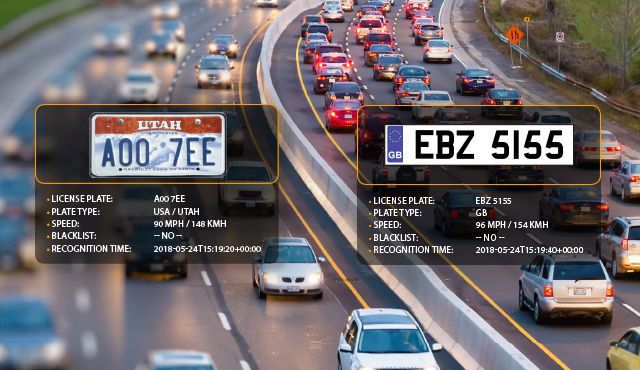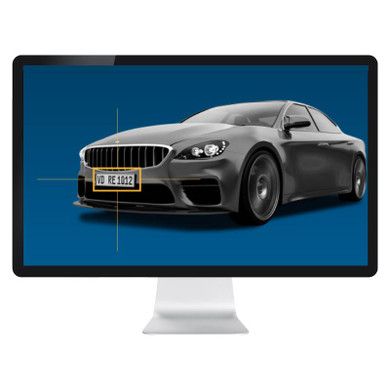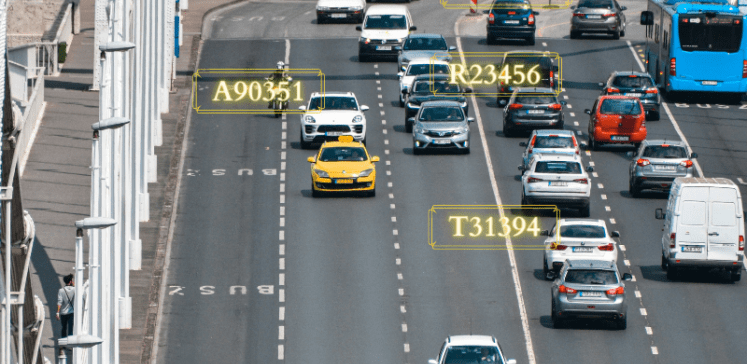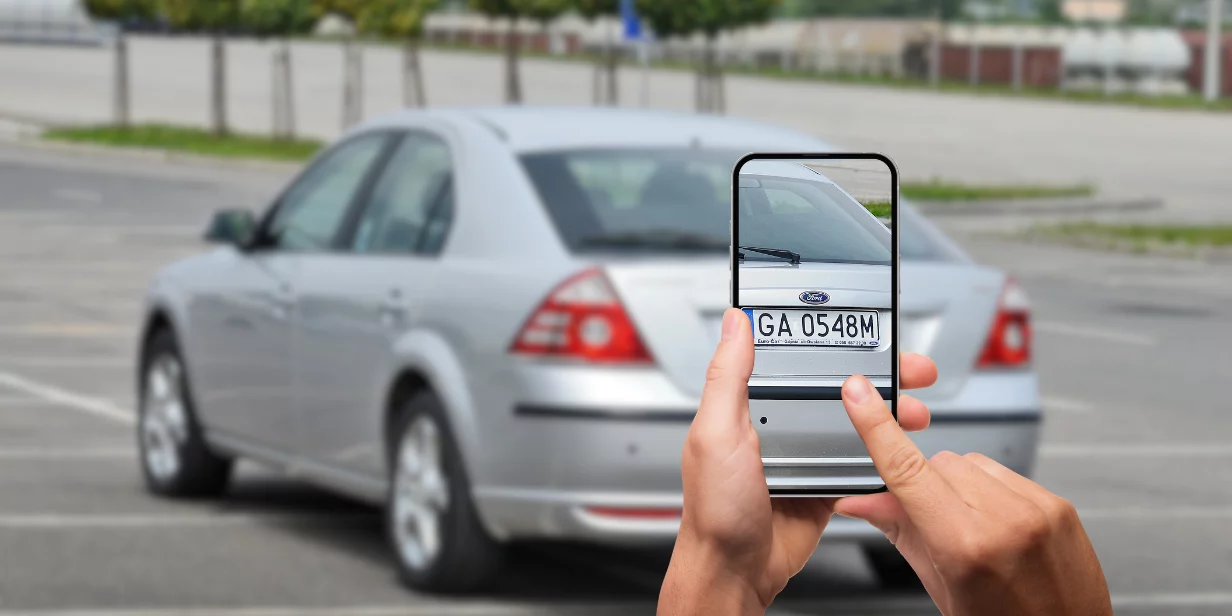In today’s rapidly evolving digital . . .
MiniAiLive LPR sdk, integrating self-developed license plate positioning, license plate character segmentation, license plate character recognition and other recognition algorithms, can realize all kinds of license plate recognition such as blue and yellow cards, supports Android, IOS operating systems, adopts Video recognition and photo recognition mode, the license plate information is swept away.
It is a long established fact that a reader will be distracted by the readable content of a page when looking at its layout.
Support video recognition and photo recognition mode, and the license plate information can be obtained by swiping.


The maximum recognition distance can reach 10 meters depends on the video & image input quality
Support blue plate, yellow plate, trailer license plate, agricultural license plate, Hong Kong and Macau entry and exit license plate, Macau and Taiwan license plate, civil aviation license plate, new energy license plate and other license plate recognition


– Support Android system ARM platform and PDA X86 architecture
– iOS system mobile phone ARM platform
Supports input of standard definition and high definition pictures / videos

In today’s rapidly evolving digital . . .
In today’s rapidly evolving digital . . .
Introduction: The Rise of Mobile . . .
In the digital world we . . .

Copyright © 2022 – 2025